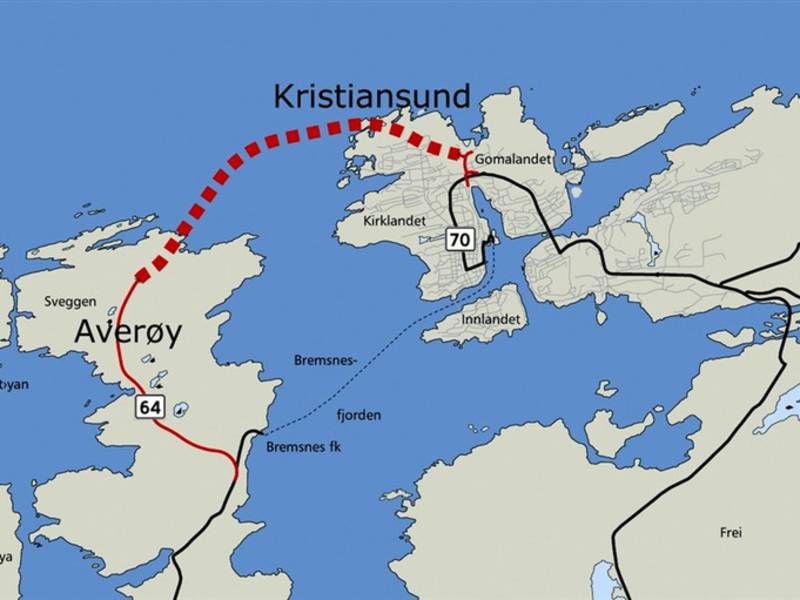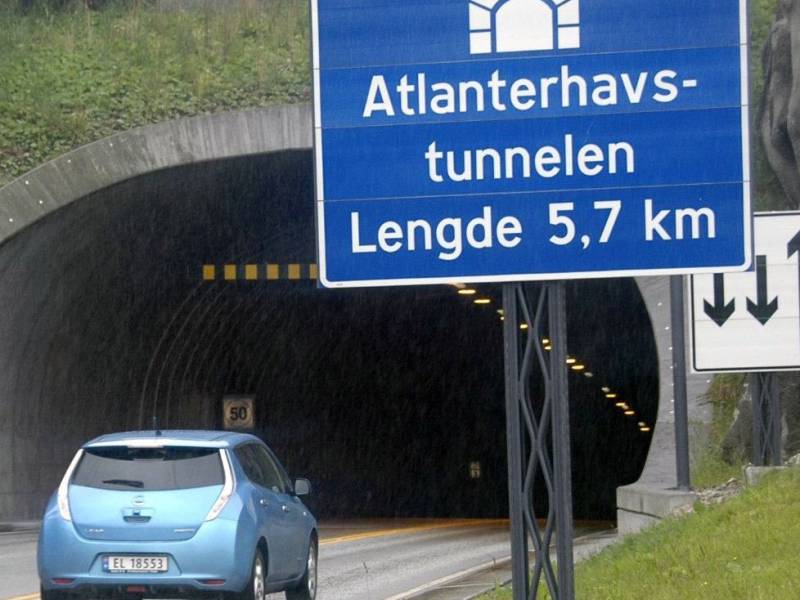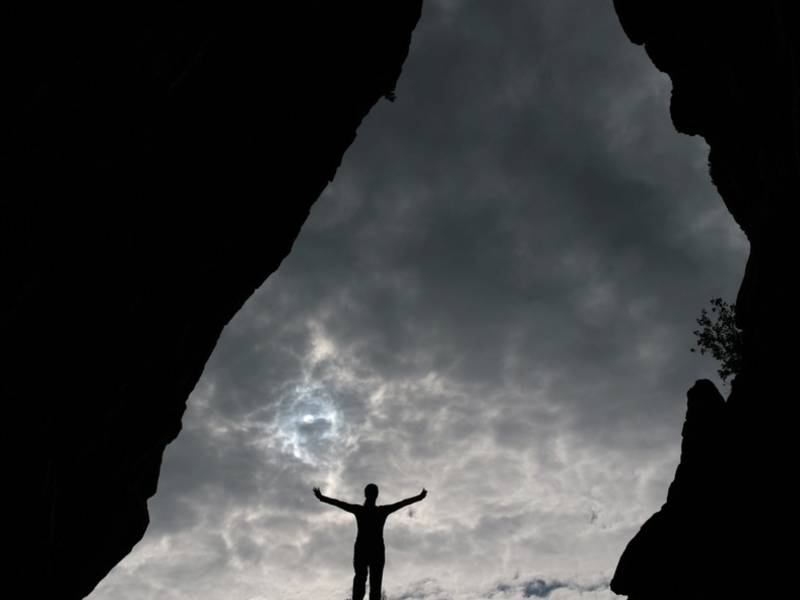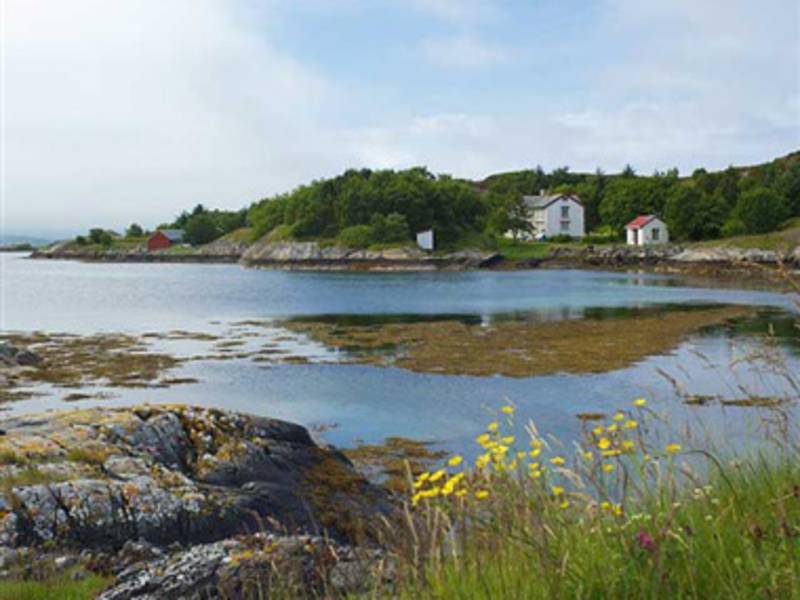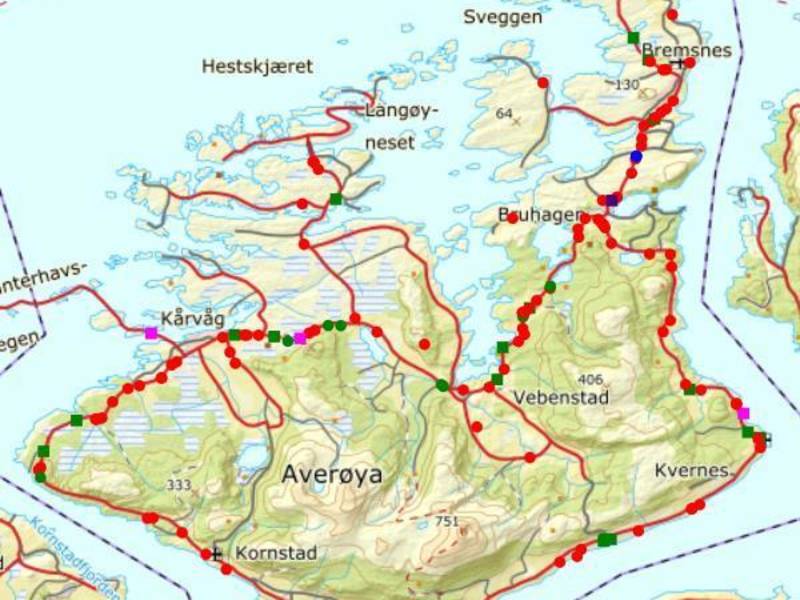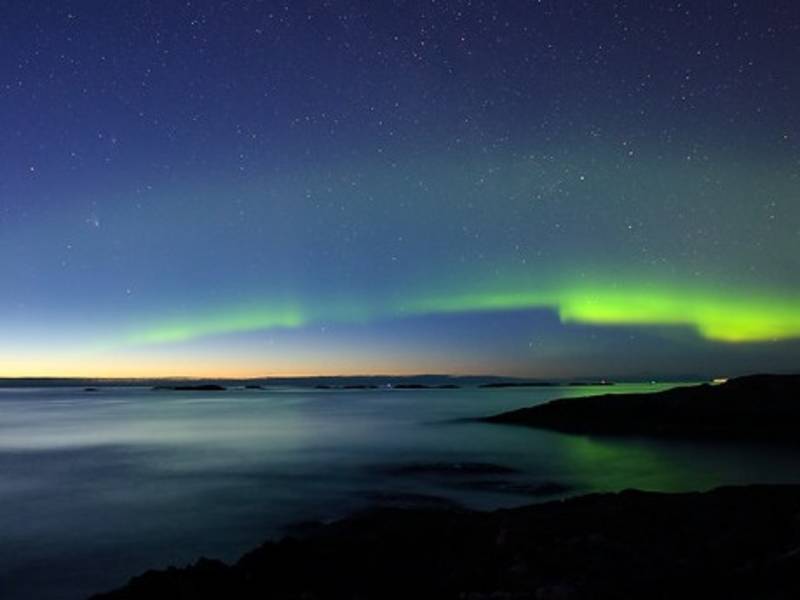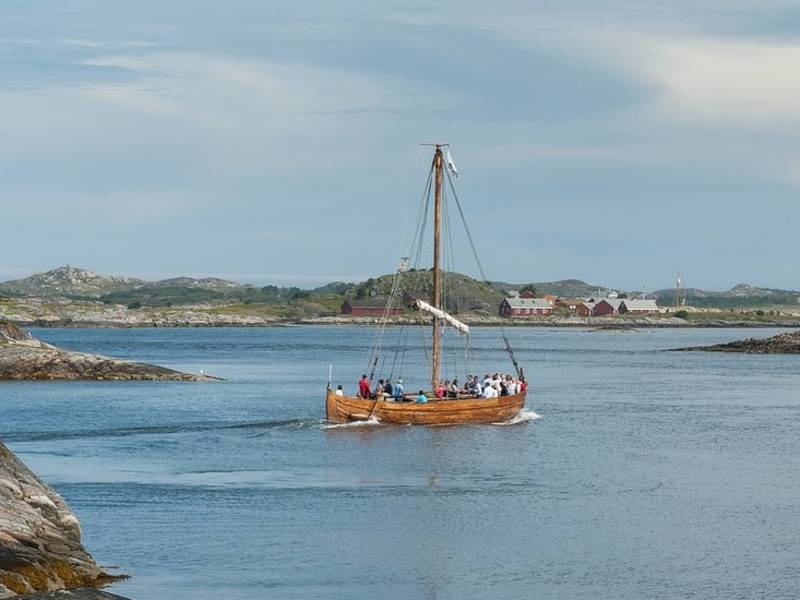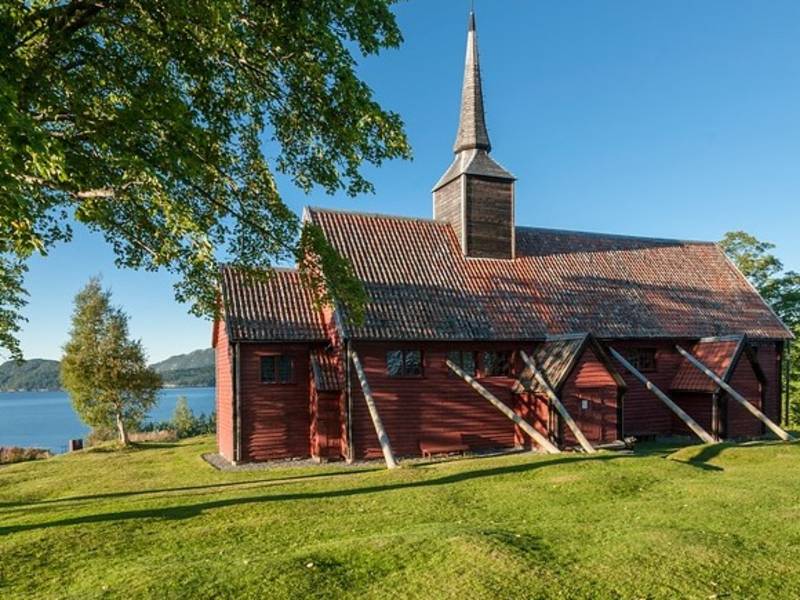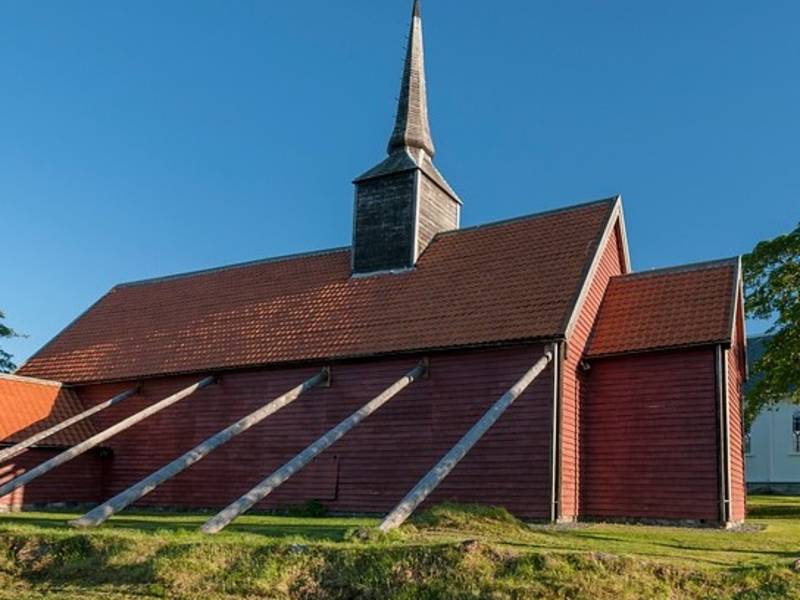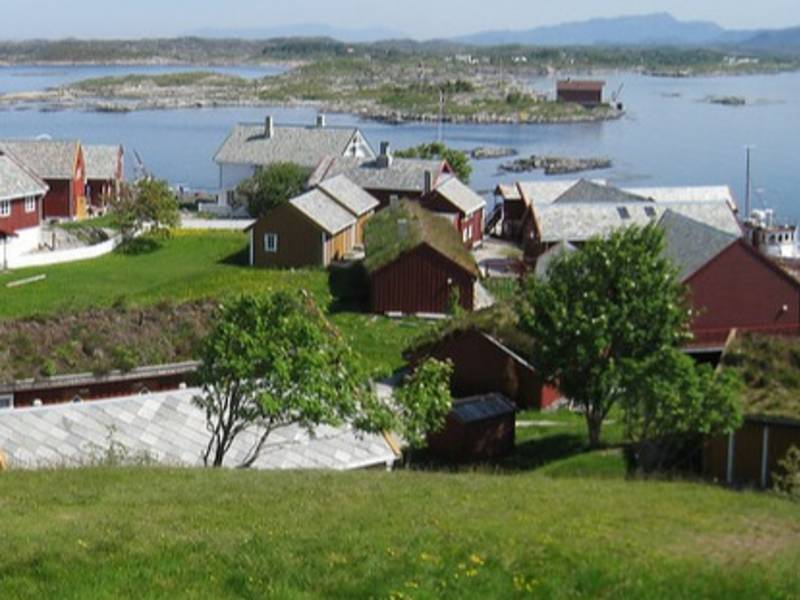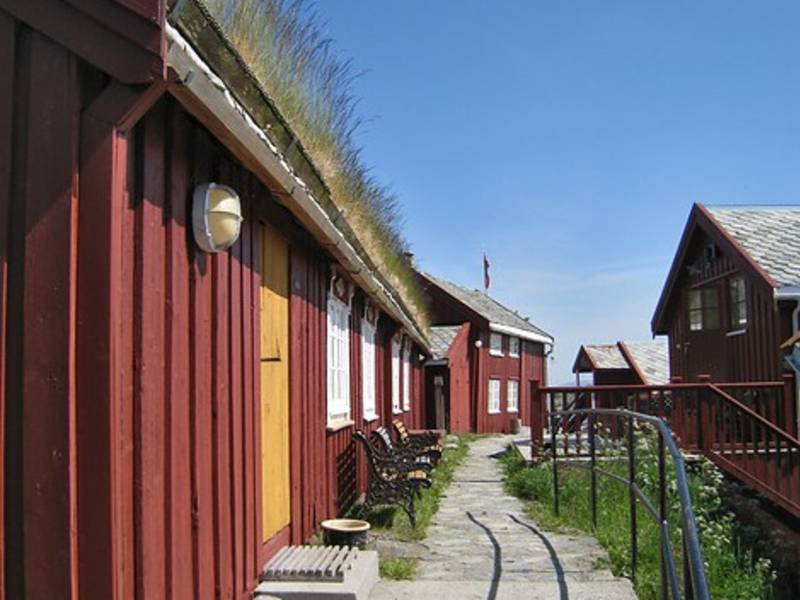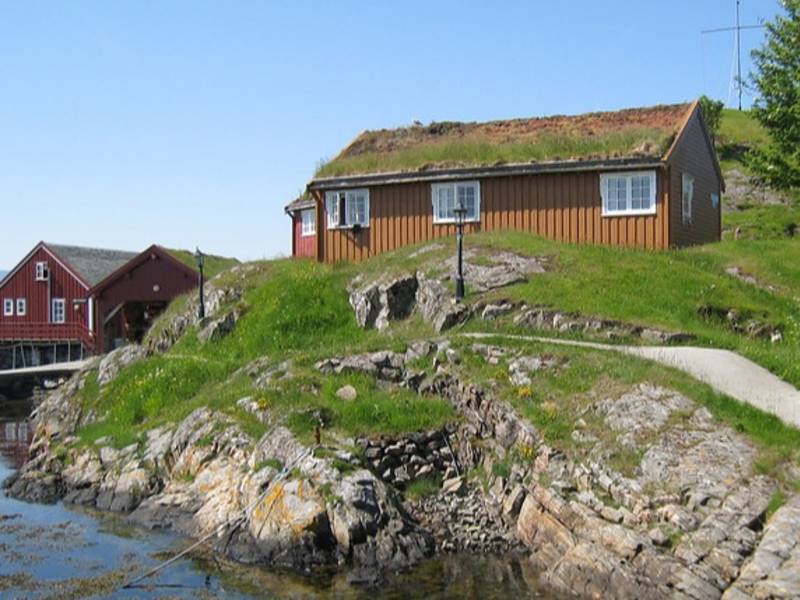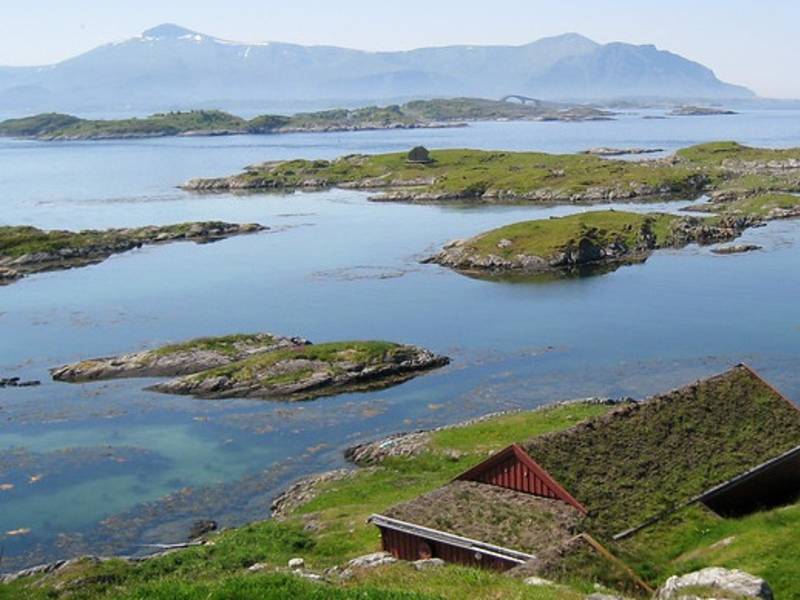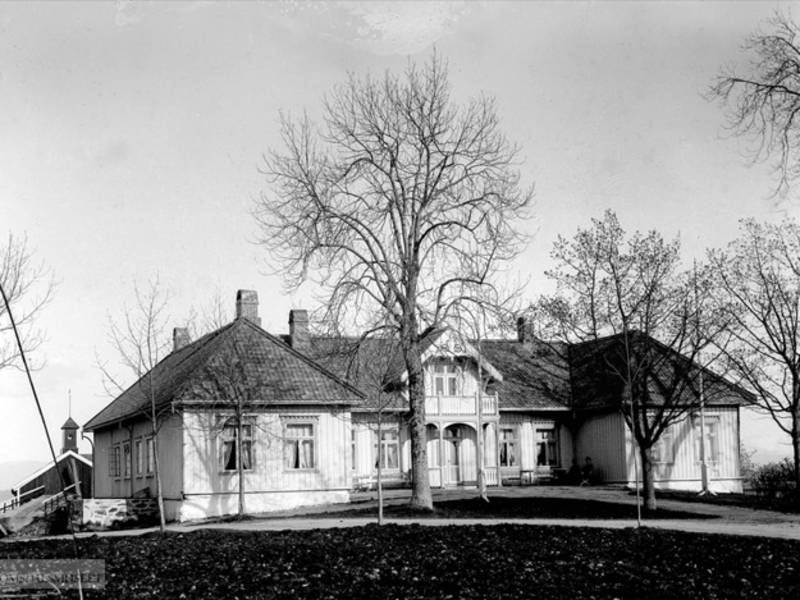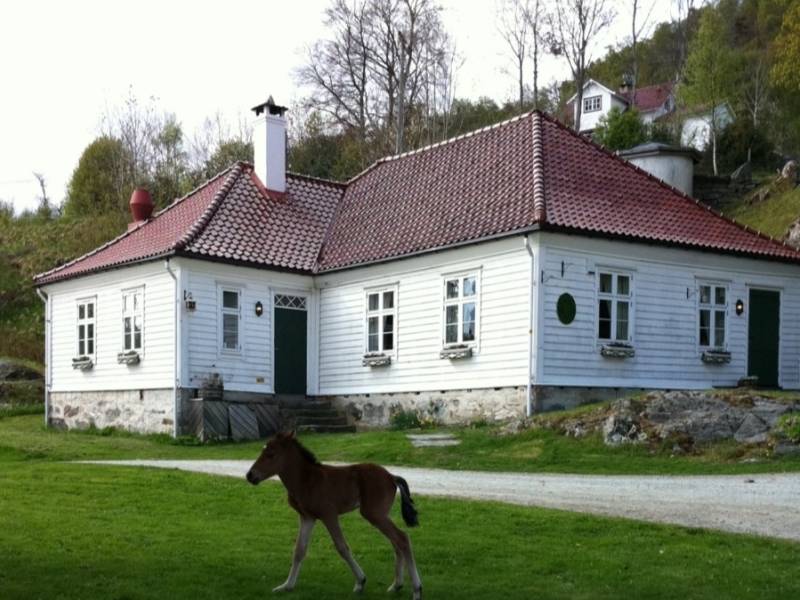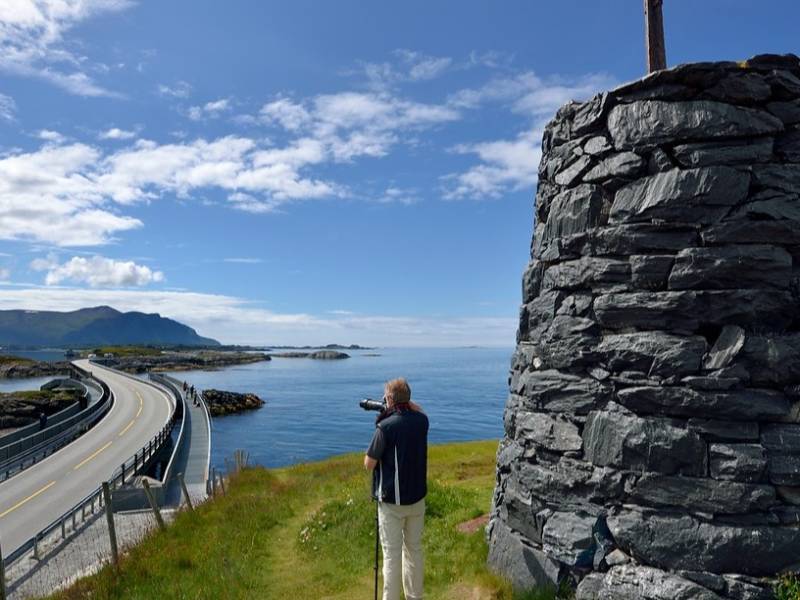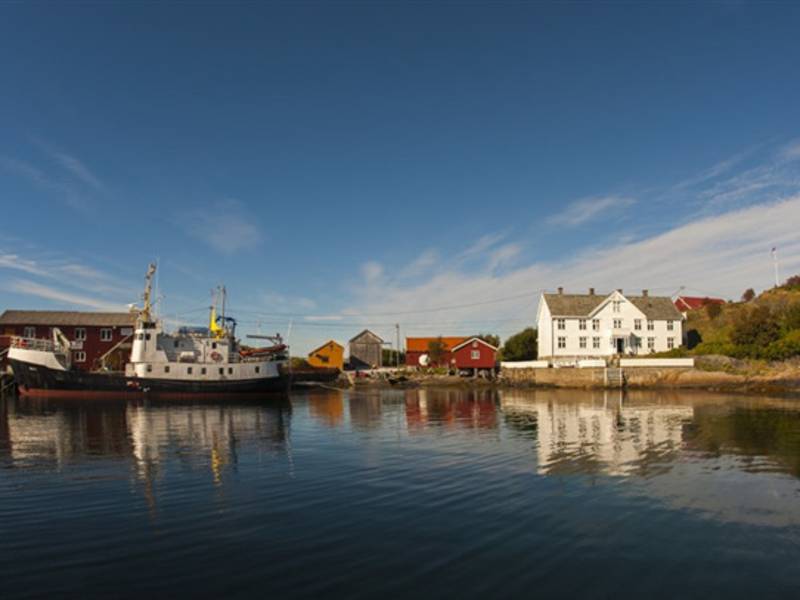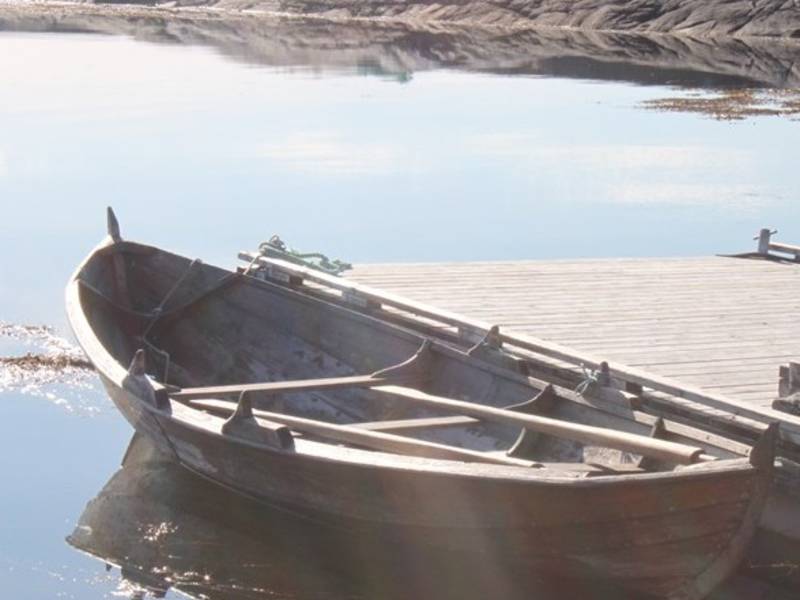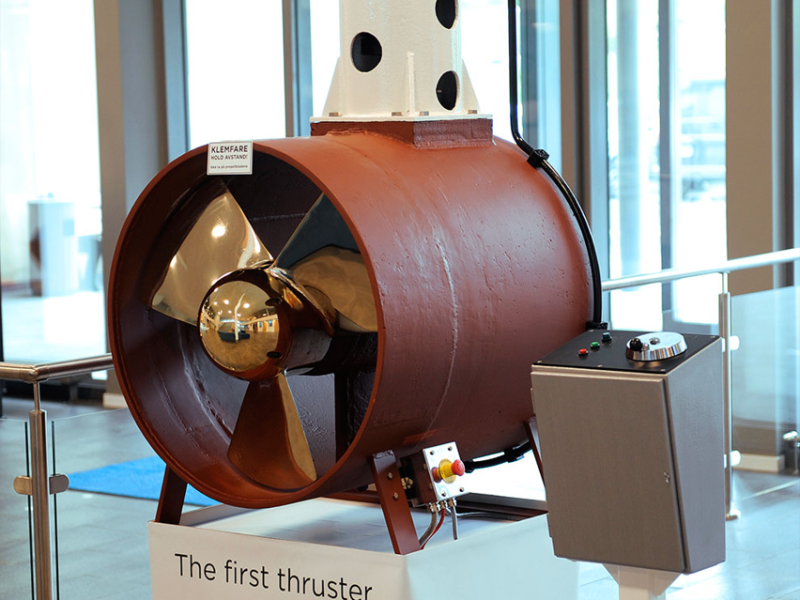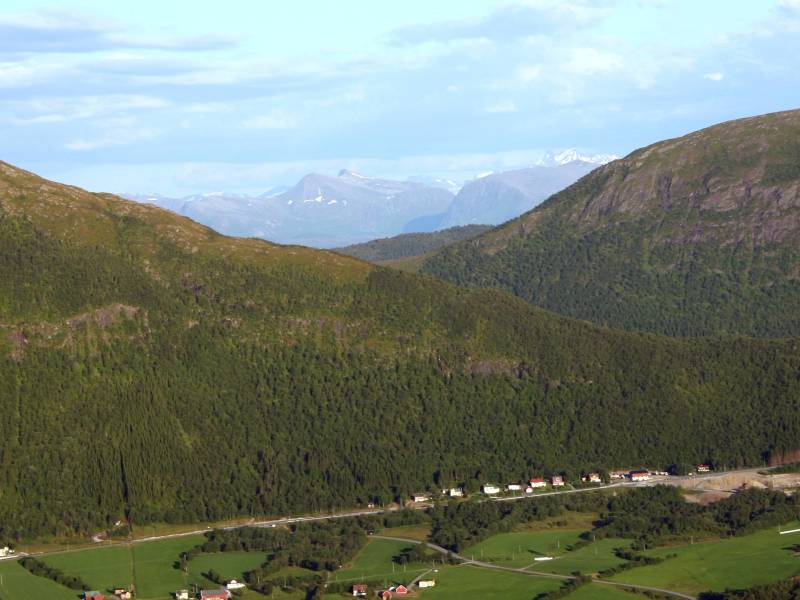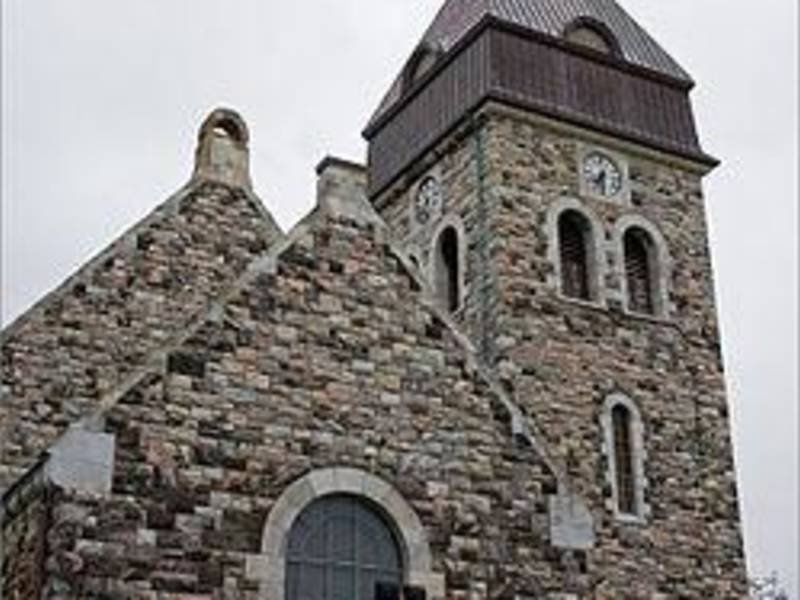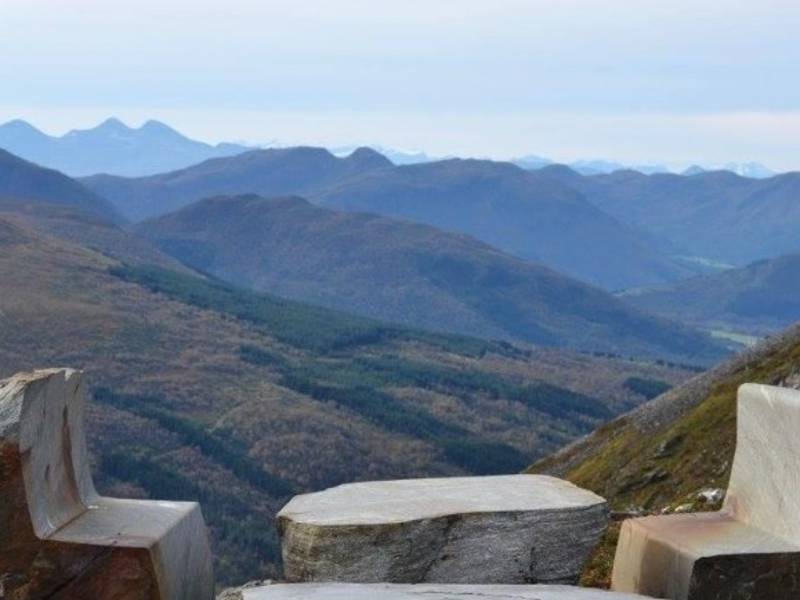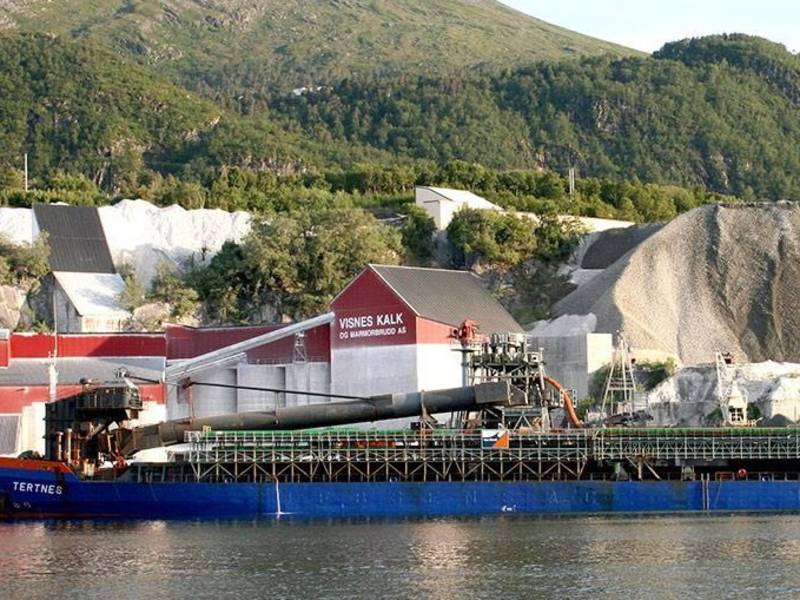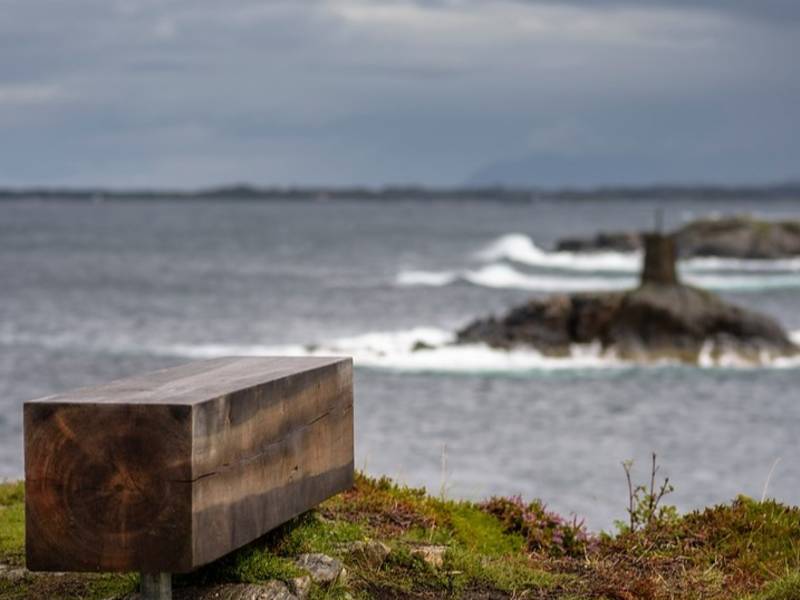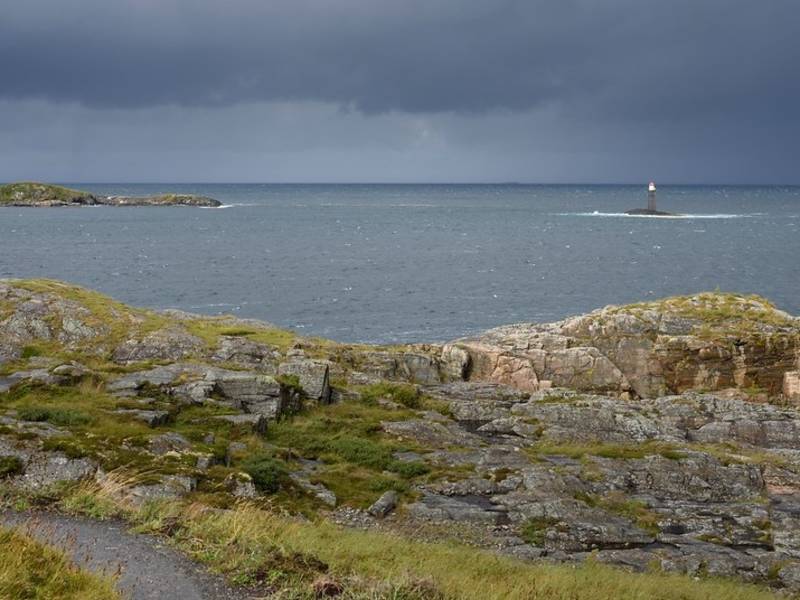Håkkårøysa
Photo: sogeland.blogspot.com
Håkkårøysa in Rånes on Averøy is the largest burial mound in Nordmøre with a diameter of 35 meters. The original dimensions of the mound are difficult to determine with certainty since some of the rocks have been displaced, but it's safe to assume that its initial height was 3 meters.
With these dimensions, the construction is estimated to have required 500 man-days of work, which indicated the huge investment and importance linked to these burial sites.
Judging by its location relative to sea level, the burial mound most likely dates back to the early Iron Age, i.e. the Merovinger Age or the Viking Age. It is believed that one of the chieftains from the battle of Rastarkalv in 995 A.D. is buried here.
Up until the 20th century, the sea was the number one means of communication and a teeming thoroughfare along the coast. The burial mound has a central position along the inner shipping lane, clearly visible from the sea.
Some speculate as to whether the mound hides a ship grave. In ship burials practised by the Vikings, the dead would either be placed inside the boat or the boat would be part of the grave goods.
Although many of the rocks have been disturbed, the grave itself could still be intact. Also, it is not unusual to find multiple graves that were later added to major burial mounds such as this one.
The large size of the burial mound bears witness to the ability of the population to honour the memory of a significant figure in their society, thus leaving a mark for posterity. Burial mounds are important demonstrations of a family's claim on land or property, or a territorial marker for a larger joint ownership.
Local history tells of treasure coins once hidden inside the mound, and about an attempt of plunder by local farmers. While the farmers were robbing the grave, they saw flames coming from their own farm and immediately ran home to put out the fire.
However, when they reached the farm, they were surprised to see there was no fire. Ever since, the grave has been left in peace.
The tradition of building large burial mounds dates back over 3,000 years, from the Late Bronze Age and Iron Age.
In Norway, there seems to be more male graves than female ones. However, the wealthiest ship grave known to date from the Viking Age, the Oseberg Mound, was for a woman.
Ancient written sources stress the importance of building a large and visible mound.
Audio guides available in:Norsk bokmål, English (British)


